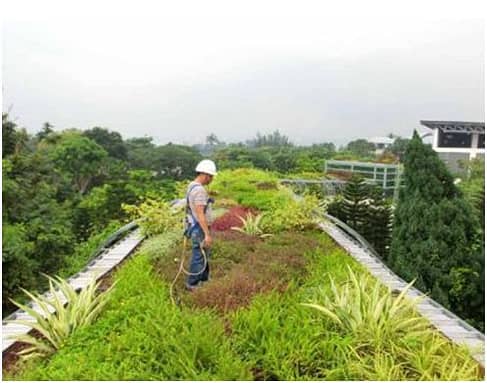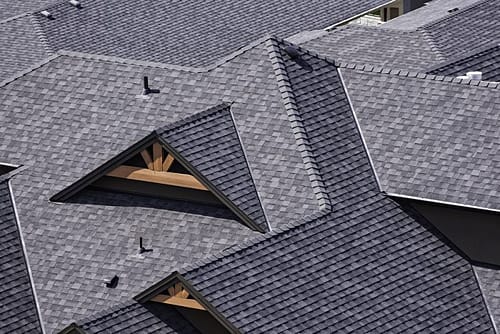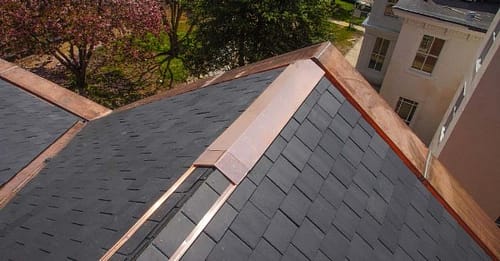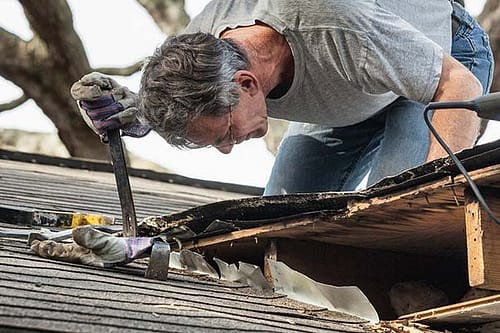Sloping roofs are the most common in Europe. Sloping roofs were already built in the past because it provided the best protection of the house against weather influences which was uncertain like the weather was too hot or too cold.
The triangular shape makes it resistant to strong winds. The water can be drained easily and the hood is a great heat buffer. A sloping roof has rafters that rest on the outside walls and come together at the ridge beam. Slats have been nailed onto the roof trusses that support the roof covering.
Often a watertight foil is applied under the thin slats and sometimes underneath the shelves. Roof tiles are the most commonly used material to cover sloping roofs. There are different types of roof tiles. In addition, roof tile sheets and slate are also used as roof coverings for a sloping roof.
A fairly simple and relatively inexpensive way to cover a sloping roof is with shingles. Shingle is widely used as an alternative to slate roofing. It is a scale-shaped bitumen roof covering especially for pitched roofs. The material has a long lifespan and is used for many types of houses, holiday homes, barns and garden houses. Many types of models and colors are available. The shingle roof covering has come over from America. Many types of models and colors are available.
You usually choose a certain roof covering because you like that type of roof. However, sometimes you have to deal with urban development regulations and you may only use the prescribed types (and colors). It is also important to choose a material that best fits the roof pitch. Not all materials are suitable for a certain slope. With less suitable material, there is a high chance that rainwater can penetrate. The potential impact of the material on the environment can also be an important consideration for your choice.
What are the activities performed by a roofing contractor during the inspection?
- Thoroughly clean the roof surface as well as the gutters and rainwater drains of the roof.
- Inspect the water tightness of the edge barriers, expansion joints, sealing profiles, connections of drains, penetrations, skylights, chimneys and other breaches.
- Inspect the roofing material for mechanical damage, chemical pollution, cracks, and other special changes.
- Remove any foreign matter from the roof.
- Any protective layers present are kept in good condition.




